The Exemplary Oleps of Rukha
‘Forty years ago, houses in Rukha were very frail with bamboo roofs, walls, and floors. And twenty years ago, Her Majesty Queen Mother Ashi Dorji Wangmo Wangchuck visited Rukha on foot and saw a few households. After a few years, some officials from Tarayana Foundation came here and announced that the Foundation will execute a project of our choice in our village. After an in-depth deliberation with all the community members, we unanimously decided to request a housing improvement project.
In 2006, the Foundation’s housing improvement program was deployed where the Foundation hired carpenters and masons, provided CGI sheets, processed permits for wood, and supplied power chain fuel. We divided the community members into two groups of ten household representatives that constructed the houses simultaneously. By 2007 we had completed the construction of all 20 households of Rukha as we were very efficient completing two houses every month.

The neighboring villages of Lamga, Lawo, Kaphu, Kashicheko, Samthang, and Metena who lived in similar situations saw our rapid development and requested the Foundation officials for similar support. Our exemplary model of the implementation of the housing improvement project started to get replicated in other villages with some of our community members guiding other villages. Two of our trainee carpenters have been hired in Jangbi and one of them lives there now.
As I look back I’ve seen over 50 households completed in the 6 villages of Athang. We could have never been able to achieve the success and development we have achieved without the support from the Foundation. To elaborate more on our model; the Olep community has 20 households that were divided into two groups of 10 and assigned a carpenter and mason each. The groups also had carpenter trainees each. Few households that could afford to hire additional labor did so.
The household sent individuals depending on their availability as well as the type of work such as men for heavy lifting or woodwork and women for light work and masonry. Even our children who were old enough participated in the project.
I sensed strong community harmony during the project. The field officer ensured to settle any trivial issues, as well as sought external support for the supply of food, utensils, and other materials for the community members. And the working days for the house construction were also planned by
considering our farming schedule. I worked as a Messenger for 3 years. I was then selected for Traditional Healer training and practiced for over 10 years. Later I served as the Tshogpa and Mang Aup for three years each. Currently, apart from my farming responsibility, I am one of the three individuals teaching the Olep language to young children. I also look
after the PeldenLhamo Lhakhang and offer butter lamps and water offerings daily.
The community of Oleps was not skilled enough to practice agriculture as we did not have a proper house and frequently migrated. With a stable house and settled location, we gradually started to develop expertise in farming by learning from within and outside. As we have recently received an adequate supply of irrigation water, I am planning to purchase a power tiller and focus on agriculture. We have also started to live in peace as we are no longer worried about the weather damaging our houses or being inhospitable.’
Improved Houses
2555
Green Technologies
124
School Clubs
124
Total Beneficiaries
200000
